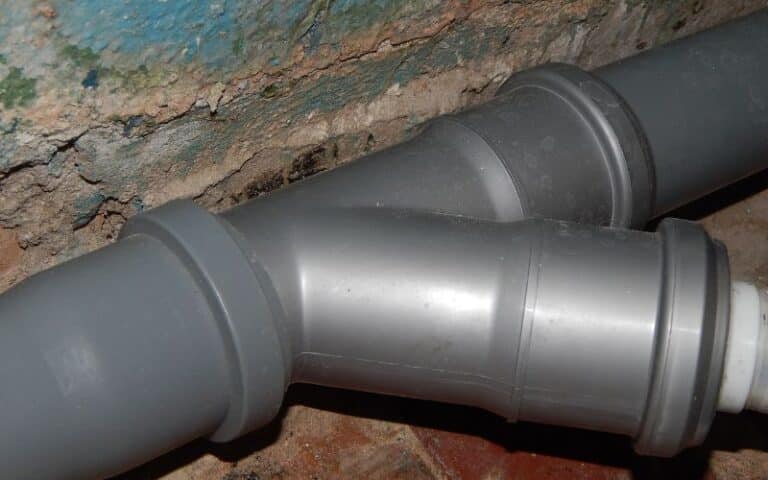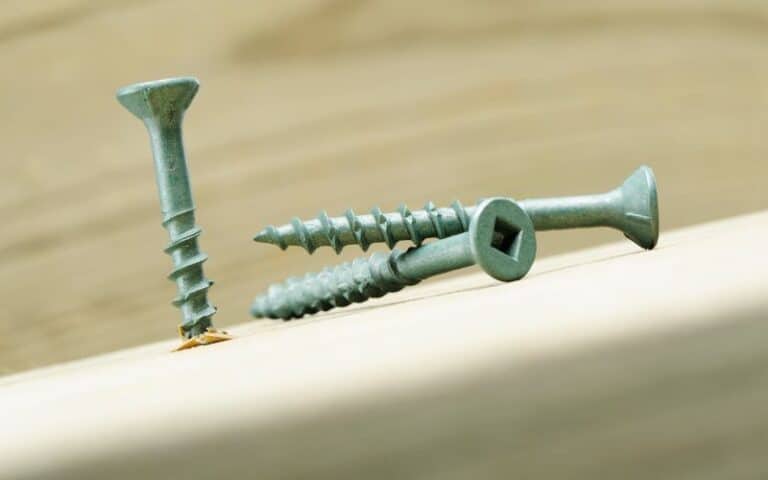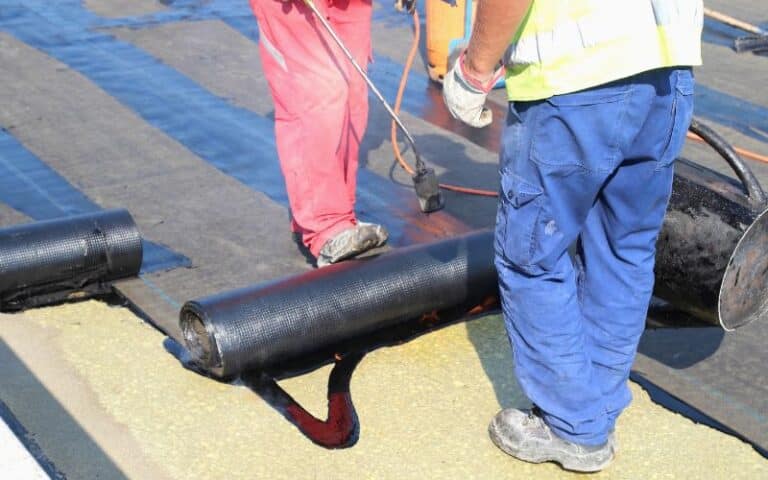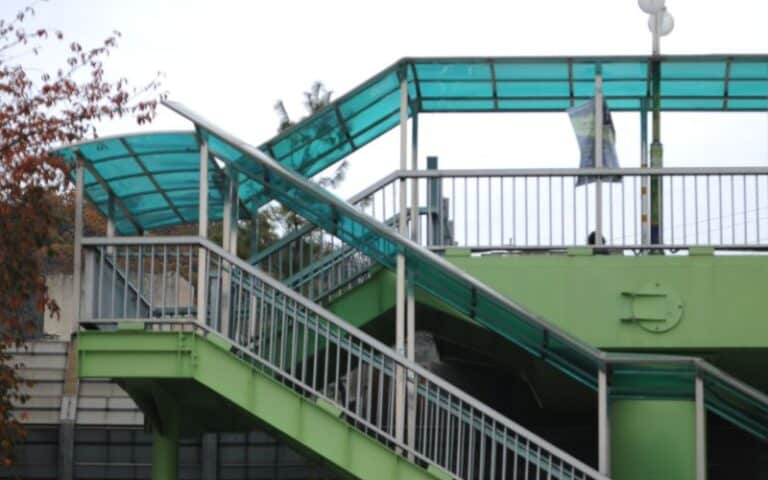Do you hear an unusual squeaking or popping noise in your home around the evening? Is it okay to say that you are continually contemplating whether your rooftop will collapse on top of you?
Attempting to rest when these contemplations are in your sub-conscience is very troublesome and something you ought never to need to worry about.
That is why reading this article would be a mission accomplished for you.
It’s typical for storage rooms to create creaking and breaking sounds that can turn out to be quite harmless now and then. While you could believe it’s an indication that the rooftop has messed up or incurred damages, or even that the rooftop will implode, what you’re hearing is a normal characteristic.
Ready for a Roofing Quiz?
Ready for a Drywall Quiz?
Why Does My Roof Creak When it’s Windy?
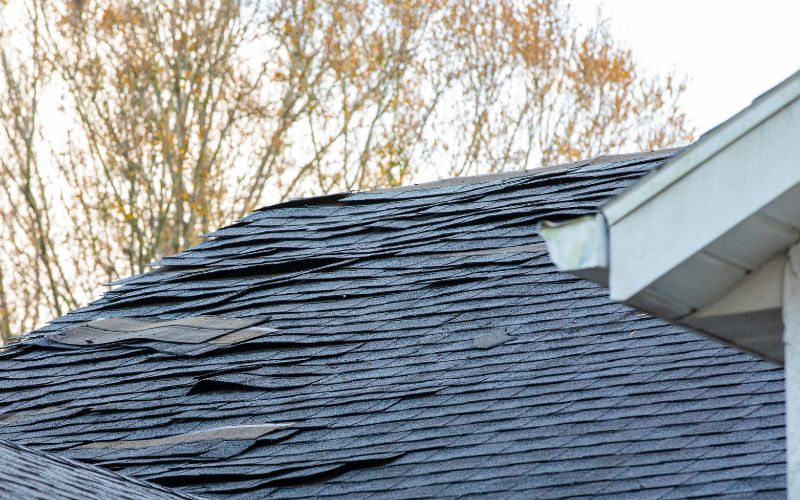
At the point when the breeze blows against your rooftop, it comes down on the roof’s wood outlines, making them twist. The commotion could be brought about by wood scouring on metal latches.
The reaction is to improve the upper room structure so it should bend or move impressively with more power.
Your developer might have learned about adding more support to the base of the bracket’s right.
However, it was inaccurately done. You must get a private underlying specialist to check your upper room out.
But, again, ensure the person is an accomplished master with the ability to chip away at houses that squeak in the breeze and can display some documentation to prove it.
Always call beforehand to see whether the property holders’ homes make commotions after their proposals are followed.
Demand references and contacts of the property holders to ask whether their homes have quit making clamors since they adhered to directions.
Keep notes and photos, lead an intensive investigation of your upper room, and develop a fundamental retrofit technique that most artisans can use.
The probability here is that the plan will remember extra preparation for the brackets.
For example, the specialist’s plan will mark the screws or nails, how long they should be, and the number to be utilized at a particular spot.
The obscure element on the primary floor in your home’s external walls is a trump card. It’s likewise important that your house’s walls are solidly supported to forestall moving.
Supporting can be screws or nails passed between the wall studs right into metal linings or pressed wood sheets connected to them.
These walls can’t pull under seismic stresses or winds, assuming they’re joined to the wall studs instead of based on top.
If there are pictures of the house while under development, displaying the wood-outlined walls being built, it may be useful to the designer.
The most fundamental photos will show materials hidden by drywall, protection, shingles, vinyl siding, or some other development material. It’s basic to have the option to view what’s past or in a wall.
I’m certain all will be great when you recruit somebody to introduce the support in the attic, and you will rest soundly on everything except the windiest evenings.
Should Roof Creak in The Wind?
Indeed, it’s not unexpected to hear a wood-outline house creak whenever the wind or speed changes.
How much creaking you will hear will rely upon the temperature differentials and the wetness.
What you’re hearing is minute changes in the wood as the pieces in the wood outlining either rub against each other or ‘slide’ on a nail.
The only time you need to focus on it is on the off chance that you go up in the storage room and see that something has moved so that it’s uncovered nails or where a rafter has turned.
Yet, as a general rule, it’s common in places of any age, type, and depictions with wood outlining. So it’s vital for the attraction.
How Do I Stop My Roof From Creaking?
You should get a private primary designer to check your storage room out. Ensure the person is an accomplished master with the ability to chip away at houses that creak in the breeze and can show you documentation to back it up.
Call ahead to see whether the mortgage holders’ homes make commotions after their proposals are followed.
Demand references and contacts of the mortgage holders to ask whether their homes have quit making commotions since they adhered to guidelines.
Take notes and photos, direct an intensive review of your upper room, and develop an essential retrofit system that most woodworkers can execute. This way, you would give the roofer an overview of the job and its requirements.
Is It Normal For Attic To Creak?
It is typical for the rooftop to squeak in the wind. However, primary designers will let you know that a light wrap amounts to many pounds of power.
Present-day building guidelines have integrated this into account, and the supports ought to have been planned to endure normal atmospheric conditions and breezy days.
The point when the breeze is blowing against your rooftop or storage room sidewalls, it comes down on the wood outlines, making them twist.
The commotion could be brought about by wood scouring on the metal clasp, or the wood sheathing may be searching against the frames.
The response is to strengthen the upper room structure so it should flex or move significantly more power.
Your developer might have found out about adding more support to the underside of the frames. However, it was not done accurately.
Around evening time, the storage room can, at some point, make squeaking and breaking sounds. It can often sound like the rooftop is broken here and there, or the rooftop will fall.
Although this experience is not friendly, especially when you wake in the middle of the night, you can prevent it.
The squeaking sound is completely ordinary and is brought about by the development of rooftop woods, answering temperature changes.
To add to that, most homes do have a ventilation arrangement or some likeness thereof in the attic, yet it could not be adequate for the size of your home.
Large numbers of these openings are cold because the air around them works them. Therefore, models incorporate grille openings, as well as level.
Drains worked by strength, in the meantime, are referred to as “dynamic ventilation” units and incorporate roof fans and exhaust fans.
A decent ventilation frame will assist you with expanding the existence of your rooftop, make your home substantially more agreeable and forestall issues with form and organisms.
As it’s ready to forestall a ton of the development of mugginess and wetness that happens with regular warming and cooling of the space, especially when there’s unfortunate ventilation.
Notwithstanding, even an incredible ventilation framework most likely won’t free you of the squeaking and breaking sounds you could hear in the evening.
However, if you check for faults occasionally, you can be sure it will reduce the occurrence.
Main Causes of a Noisy Roof and Solutions
| Causes | Solutions |
|---|---|
| Loose Roof Components | Tighten up loose parts |
| Wind pressure | Insulate the ceiling under the roof |
Conclusion
Generally, it is okay to experience the screeching of your rooftop or attic. You only need to be cautious about it, realizing that, to an extent, something went wrong, and then seek out for a professional to fix it.

